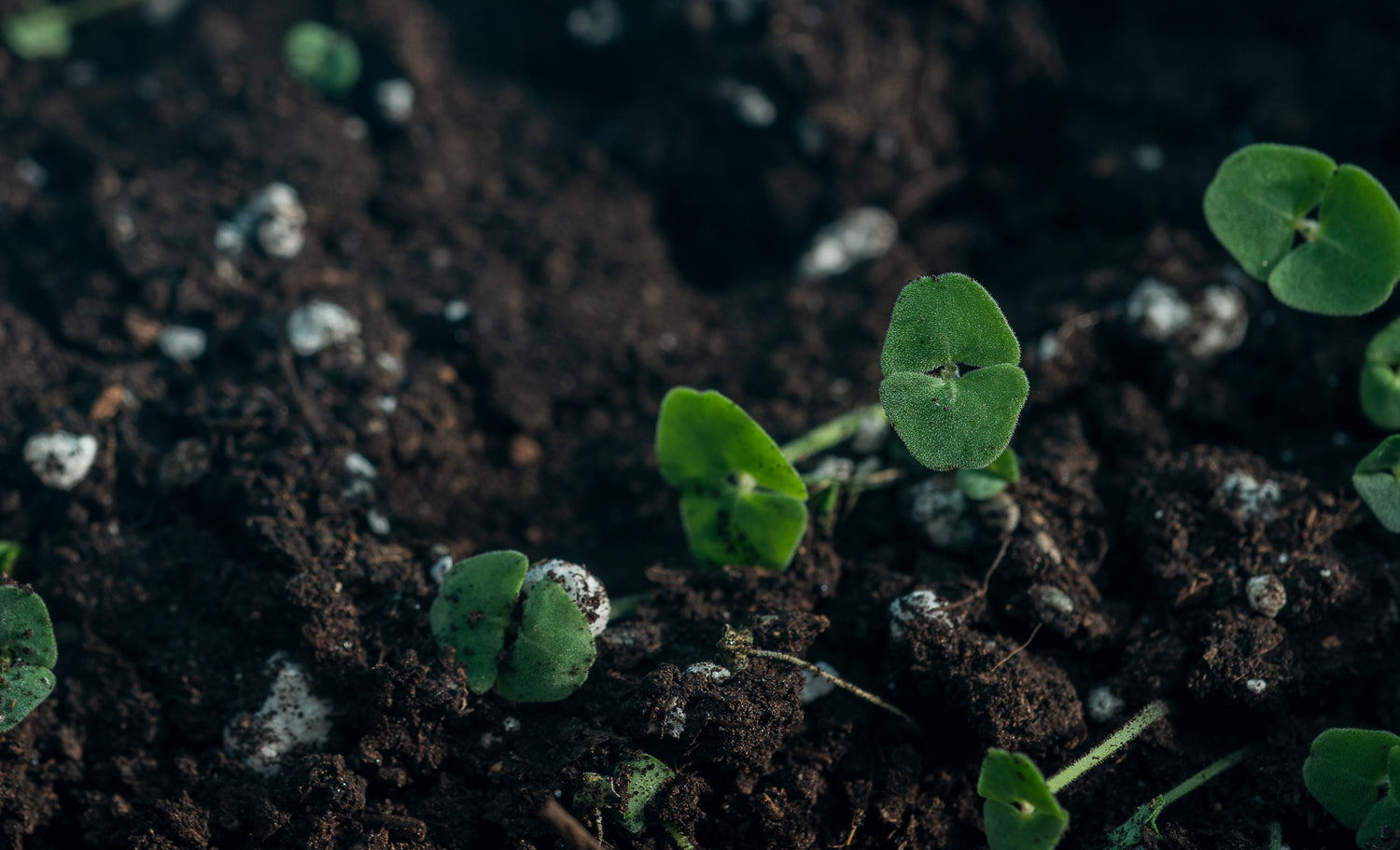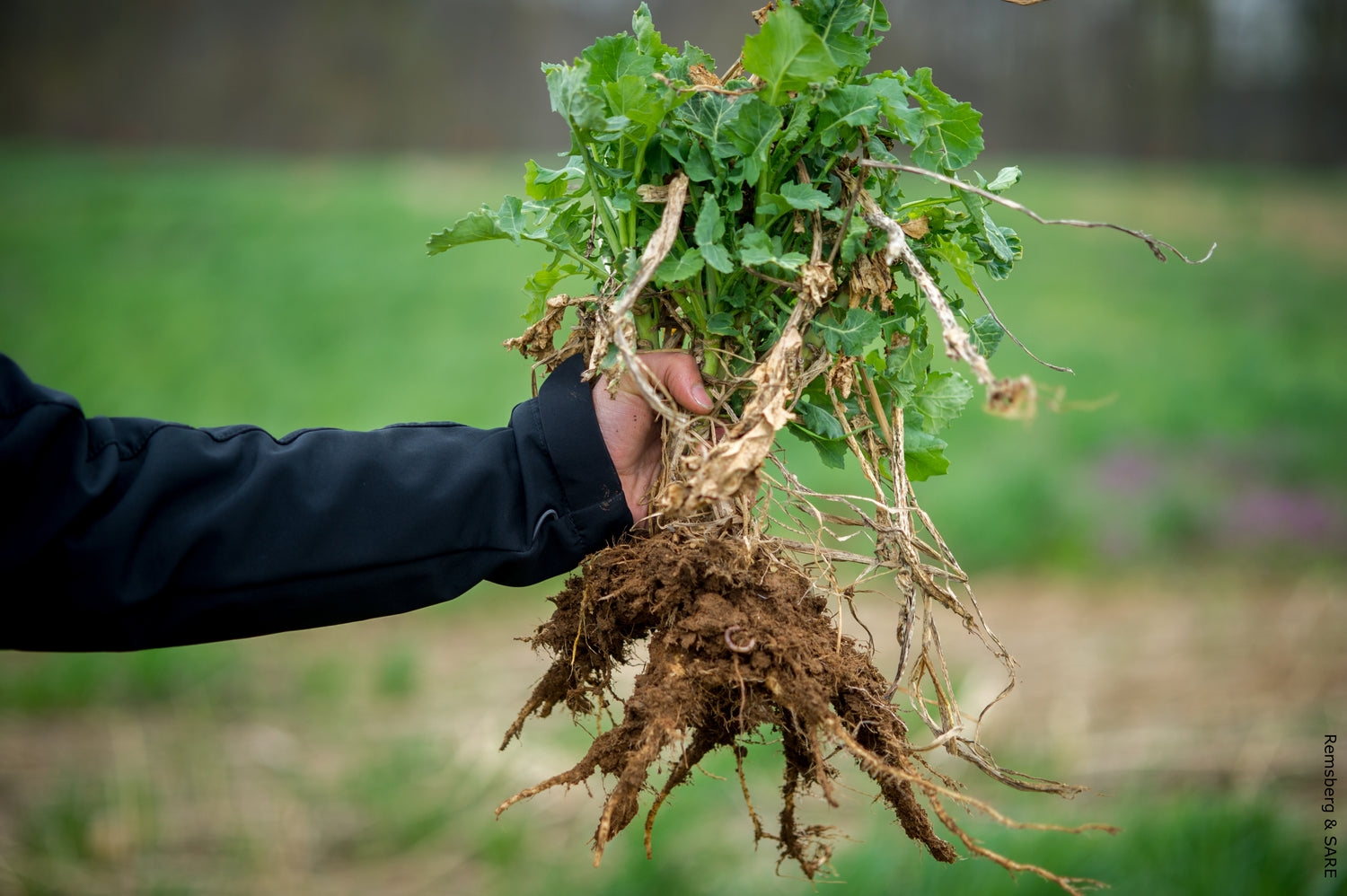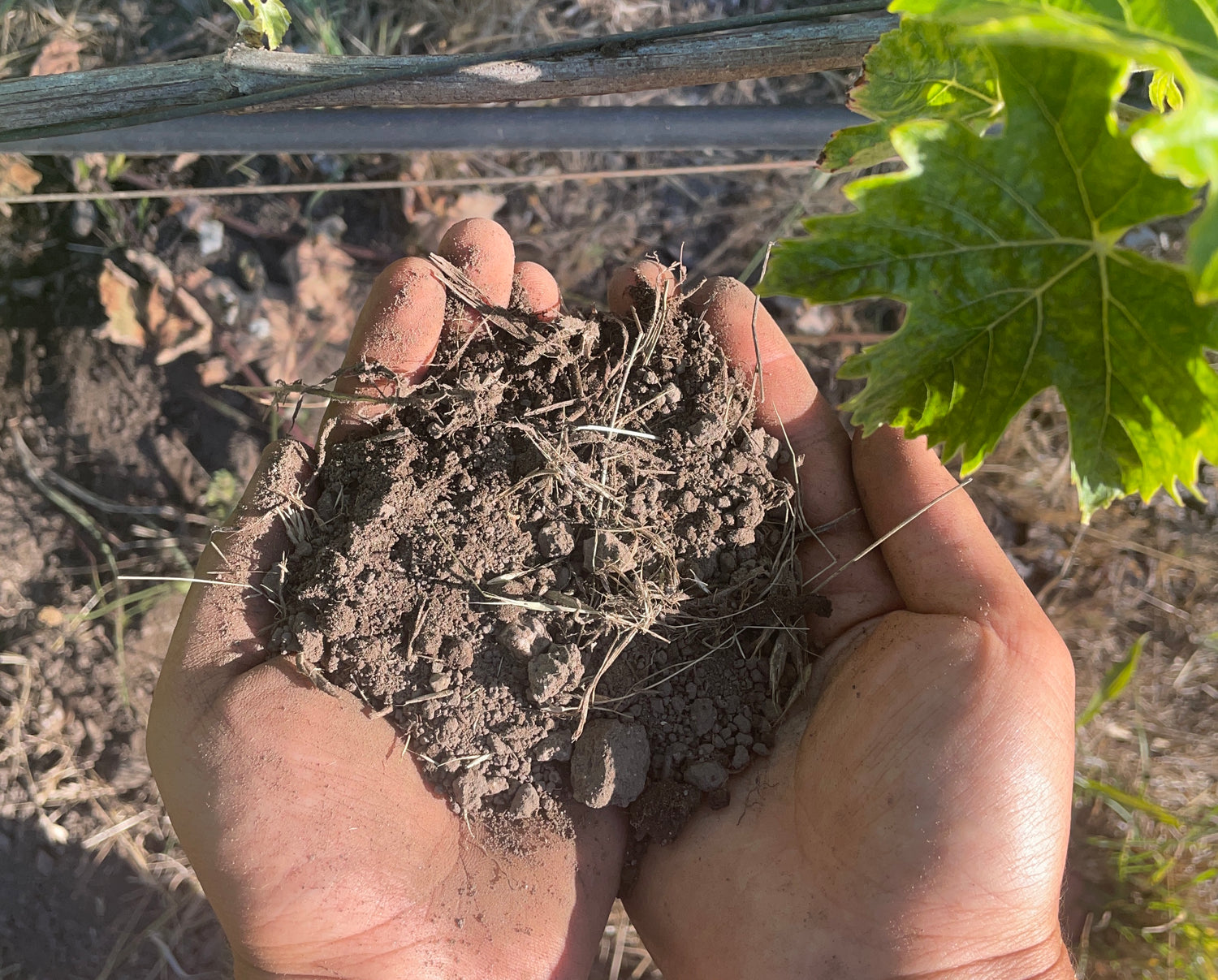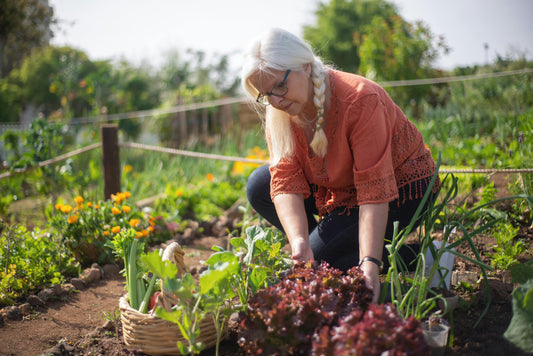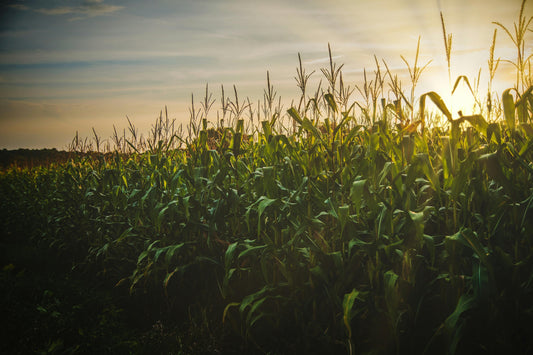San Bernardino County's diverse soil landscape includes six major soil series shaped by alluvial deposits, desert conditions, and mountain runoff. Understanding your specific soil type through professional testing is crucial for successful gardening, agriculture, and sustainable land management in Southern California's Inland Empire.
Soil Testing in San Bernardino: Complete Guide to Local Soil Types and Health Management
Soil testing in San Bernardino reveals critical information about pH levels, nutrient availability, and soil structure across the region's dominant soil series including Bernardino, Hanford, San Emigdio, Tujunga, Greenfield, and Ramona soils, enabling targeted management for optimal plant health and sustainable land use.
Understanding San Bernardino's Major Soil Series
San Bernardino County contains six primary soil series, each with distinct characteristics that affect plant growth, water management, and erosion control. According to the USDA Natural Resources Conservation Service Soil Survey, these soils formed from alluvial fan deposits and vary significantly in texture, drainage, and fertility.
Bernardino Series Soils
Found on older alluvial fans and terraces, Bernardino soils feature gravelly clay loam textures with slow permeability. The California Soil Resource Lab at UC Davis reports these soils typically have pH levels between 7.5-8.0 and organic matter content of 1-3%. Their primary limitation is poor drainage, making them suitable for drought-tolerant native vegetation but requiring amendments for agriculture.
Hanford Series Soils
Characterized by coarse sandy loam textures, Hanford soils provide excellent drainage but limited water-holding capacity. Research from the UC Cooperative Extension indicates these soils contain 0.5-2% organic matter and are highly susceptible to wind erosion without protective cover.
Tujunga Series Soils
The sandiest soils in the region, Tujunga series soils drain rapidly but require frequent irrigation and fertilization. According to Soil Science Society of America Journal studies, these soils have very low organic matter (0.5-1.5%) and neutral to slightly alkaline pH levels.
Essential Soil Testing Parameters
Professional soil testing in San Bernardino should evaluate multiple parameters to provide comprehensive management recommendations. The UC ANR Soil Testing Guidelines recommend testing for pH, electrical conductivity, organic matter, nitrogen, phosphorus, potassium, and micronutrients.
pH and Nutrient Availability
Most San Bernardino soils tend toward alkaline conditions (pH 7.5-8.5), which can limit nutrient availability. Research published in California Agriculture journal shows that iron, manganese, and zinc deficiencies commonly occur in alkaline soils, requiring soil acidification or chelated fertilizers.
Where to Obtain Soil Testing Services
Several certified laboratories serve San Bernardino County residents and agricultural operators:
- UC Cooperative Extension San Bernardino County - Offers basic soil testing packages and interpretation services
- A&L Western Laboratories - Provides comprehensive agricultural soil testing with detailed recommendations
- Ward Laboratories - Specializes in residential garden soil analysis
- Waypoint Analytical - Commercial agricultural testing with GPS mapping services
Interpreting Your Soil Test Results
Understanding soil test reports enables informed management decisions. The USDA NRCS Soil Health Assessment provides standardized interpretation guidelines for Western soils.
Nutrient Management Recommendations
Nitrogen recommendations for San Bernardino soils vary by crop and soil series. Sandy Hanford and Tujunga soils typically require split applications totaling 150-200 pounds per acre for annual crops, while clay-rich Bernardino soils may need only 100-150 pounds per acre due to better nutrient retention.
Soil Amendment Strategies by Series
Targeted amendments based on soil series characteristics improve both short-term productivity and long-term soil health. The Rodale Institute emphasizes organic matter additions as the foundation of soil improvement.
Improving Drainage in Heavy Soils
Bernardino series soils benefit from gypsum applications at 1-2 tons per acre to improve soil structure. Incorporating coarse organic matter like aged bark or compost also enhances drainage and aeration.
Building Water-Holding Capacity in Sandy Soils
Hanford and Tujunga soils require organic matter additions to increase water retention. Research from UC ANR demonstrates that adding 2-4 inches of compost annually can double water-holding capacity in sandy soils.
Sustainable Soil Management Practices
Long-term soil health requires implementing practices that build organic matter, prevent erosion, and maintain biological activity. The Sustainable Agriculture Research and Education (SARE) program provides comprehensive guidance for soil building practices.
Cover Cropping for Soil Protection
Winter cover crops like crimson clover and annual ryegrass protect exposed soils during San Bernardino's windy season while adding organic matter. Studies show cover crops can reduce wind erosion by up to 80% on sandy soils.
Frequently Asked Questions
How do I take a soil sample in San Bernardino?
Use a clean trowel or soil probe to collect 5-7 samples at 6-8 inch depth across your area. Mix samples in a clean bucket, air-dry for 24-48 hours, and send 2 cups to a certified lab like UC ANR or local extension office.
What soil problems are common in San Bernardino?
Common issues include alkaline pH (7.5-8.5), low organic matter in sandy soils, poor drainage in clay soils, and wind erosion in exposed areas. Soil testing identifies specific problems and solutions.
How often should I test my soil in San Bernardino?
Test annually for vegetable gardens and new landscapes, every 2-3 years for established gardens, and every 3-5 years for lawns and mature plantings.
Conclusion
Soil testing provides the foundation for successful gardening, farming, and land management in San Bernardino County. By understanding the characteristics of local soil series and implementing targeted management practices based on test results, land managers can optimize plant health while building long-term soil sustainability. Regular testing combined with organic matter additions, appropriate amendments, and conservation practices ensures productive soils for future generations.
Sources
- USDA Natural Resources Conservation Service. Soil Survey of San Bernardino County, California. https://www.nrcs.usda.gov/resources/data-and-reports/soil-survey
- University of California Cooperative Extension. Soil Testing Guidelines for California Agriculture. https://anrcatalog.ucanr.edu/pdf/8719.pdf
- California Soil Resource Lab, UC Davis. SoilWeb Applications. https://casoilresource.lawr.ucdavis.edu/
- Rodale Institute. Soil Health and Organic Farming Practices. https://rodaleinstitute.org/why-organic/organic-farming-practices/soil-health/
- Sustainable Agriculture Research and Education. Building Soils for Better Crops. https://www.sare.org/publications/building-soils-for-better-crops/
- Soil Science Society of America Journal. Soil Management in Arid and Semi-Arid Regions. https://www.soils.org/publications/sssaj
- California Agriculture Journal. Nutrient Management in Alkaline Soils. https://calag.ucanr.edu/
- USDA NRCS. Soil Health Assessment Guidelines. https://www.nrcs.usda.gov/resources/guides-and-instructions/soil-health







